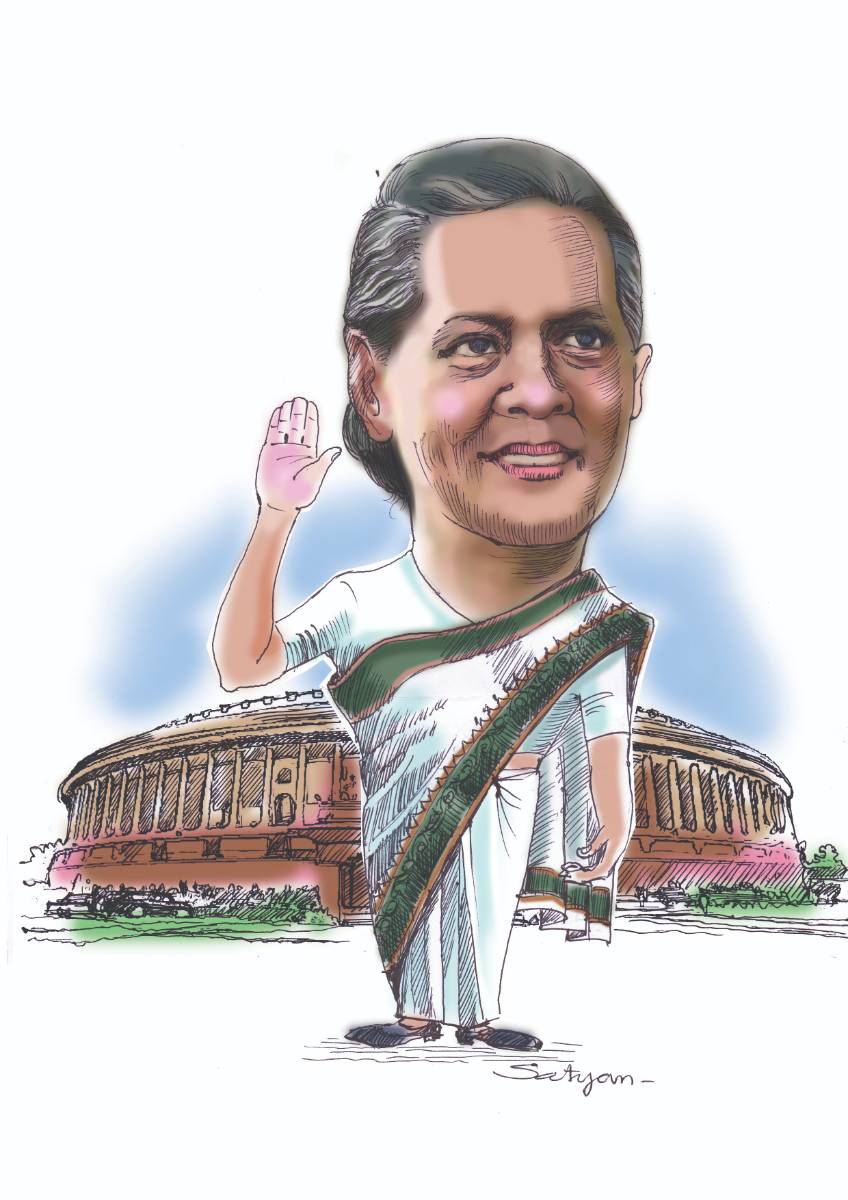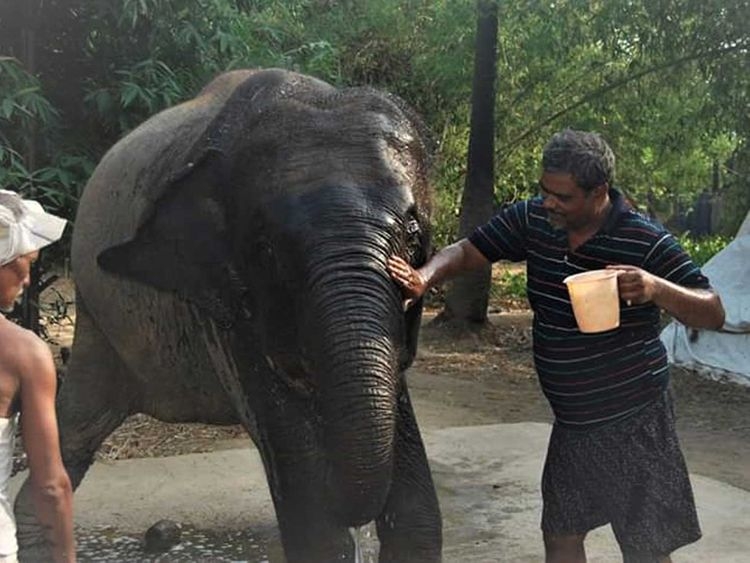The Mahatma Gandhi National Rural Employment Guarantee Act (MGNREGA) transfers power to the poorest. The government must put money directly in the hands of the people in this time of crisis by clearing arrears, ensuring unemployment allowance, and being flexible about modes of payment to the workers to cut delays…. Writes SONIA GANDHI, president, Congress Party

The Mahatma Gandhi National Rural Employment Guarantee Act (MGNREGA), 2005 is a shining example of a radical and rational systemic change. It is radical because it transferred power to the poorest of the poor and enabled them to escape hunger and deprivation. It is rational because it puts money directly in the hands of those who need it most. It has proved its worth in the years it has been in existence, even enduring six years of a hostile government. A government that sought to denigrate it, undermine it has come to reluctantly rely on it. Along with the Public Distribution System put in place by an earlier Congress government, it is the mainstay for our poorest and most vulnerable citizens in preventing starvation and destitution wherever implemented in letter and spirit, especially in todays COVID-19 crisis.
Let us not forget that the notification of MGNREGA in September 2005 as an Act of Parliament came about because of a people’s movement after years of struggle by civil society. The Congress party listened to their voices and to those of the people. It became a commitment in our 2004 Manifesto and those of us who pressed hardest for it are proud that the UPA government implemented it as soon as feasible.

The idea was simple: any citizen in rural India now had the legal right to demand work and guaranteed 100 days of work with minimum wages provided by the government. And it proved its worth very quickly, a grassroots, demand-driven, Right to Work programme, unprecedented in its scale and architecture, focused on poverty alleviation. Millions have been saved from hunger and worse in the 15 years since its inception.
Mahatma Gandhi said: “When ridicule fails to kill a movement it begins to command respect”. In independent India there is no better example of this coming true than MGNREGA. On assuming office, Prime Minister Modi realised that shutting down the scheme was not practical. Instead he sought to deride it, attacking the Congress party in a caustic speech in which he called it “a living monument of your failure”.

In the years since the Modi government tried its best to throttle MGNREGA, hollowing it out and undermining it. But with the unrelenting pressure of activists, the courts and a vocal opposition in Parliament, the government was forced to step back. In a characteristic reversal of course, it sought instead to give it a new appearance, by integrating it with the Prime Minister’s pet programmes like Swacchh Bharat and Pradhan Mantri Awas Yojana. These were passed off as reforms but in reality they were no more than a barely disguised dressing up of Congress party initiatives. It is another matter that payments to workers were delayed interminably and work was denied frequently.
The COVID-19 pandemic and the distress it has unleashed, has brought the Modi government around full circle. Faced with unprecedented hardship and an economy already in slowdown, the government was obliged to fall back on UPA’s flagship rural relief programme. Deeds are more important than words, and nothing speaks more eloquently than the Finance Minister’s recent and belated increase in the overall allocation of the programme to more than rupees one lakh crore. In May 2020 alone 2.19 crore households demanded work through the Act, the highest for the month in eight years.
The Modi government may still be looking for some twisted logic to reconcile its dislike of a Congress party programme withits wholesale adoption of it. But the country recognises how the world’s largest public works programme not only helped lift millions of Indians from extreme poverty but transformed Panchayati Raj, contributed to climate change mitigation and revived the rural economy. It heralded social change by ensuring equal pay to everyone, empowering women, Scheduled Castes, Scheduled Tribes and other vulnerable populations. It helped them organise and offered them a life of dignity and self-respect. Understanding these well-established facts will be crucial to empowering India in today’s crisis.
Now, as dejected workers return from cities and towns to their villages in droves, deprived of employment, facing an insecure future, a humanitarian crisis on an unprecedented scale is unfolding before us. And the value of MGNREGA has never been clearer and more evident. Relief efforts must be centred around rebuilding their faith. One immediate step must be to issue them job cards in the programme. The panchayats, who were empowered by Rajiv Gandhi’s path-breaking initiatives, must be brought centre-stage as MGNREGA is not a centralised programme. The capacity of panchayats to manage public works projects must be strengthened and devolution of funds to panchayats must be prioritised. The nature of work must be left to gram sabhas. Local elected bodies understand the ground realities, the influx of workers and their needs. They know best where to spend their budgets, in tune with the needs of the village and the local economy. The skills of the workers must be used to build durable assets that improve farm productivity, increase rural income and conserve the environment.
The government must put money directly in the hands of the people in this time of crisis by clearing arrears, ensuring unemployment allowance, and being flexible about modes of payment to the workers to cut delays. The Modi government has not paid heed to the demands to increase the number of workdays to 200 and to allow them to be registered at the worksites in every gram panchayat. MGNREGA must be ensured openended funding as it was meant to be.
MGNREGA has proved its worth because it continuously improved and evolved during the UPA years. It was shaped by the people working together with the government through extensive social audits, transparency, openness to scrutiny by journalists and academics, and the appointment of an ombudsman. State governments played a crucial role by innovating best practices. It became known as a model of poverty alleviation throughout the world.
The Modi government has grudgingly come around to the significance of the programme. My plea to the government is, this is a time of national crisis, not a time to play politics. This is not a BJP versus Congress issue. You have a powerful mechanism at hand, please use it to help the people of India in their time of need.
(Sonia Gandhi is the President of the Congress party, India’s main opposition party)









